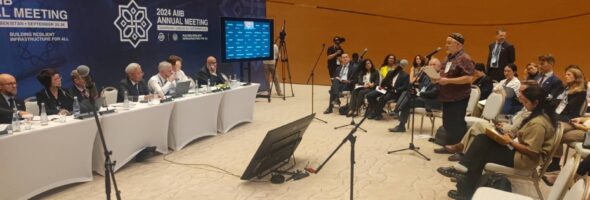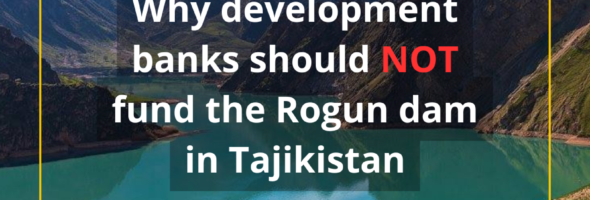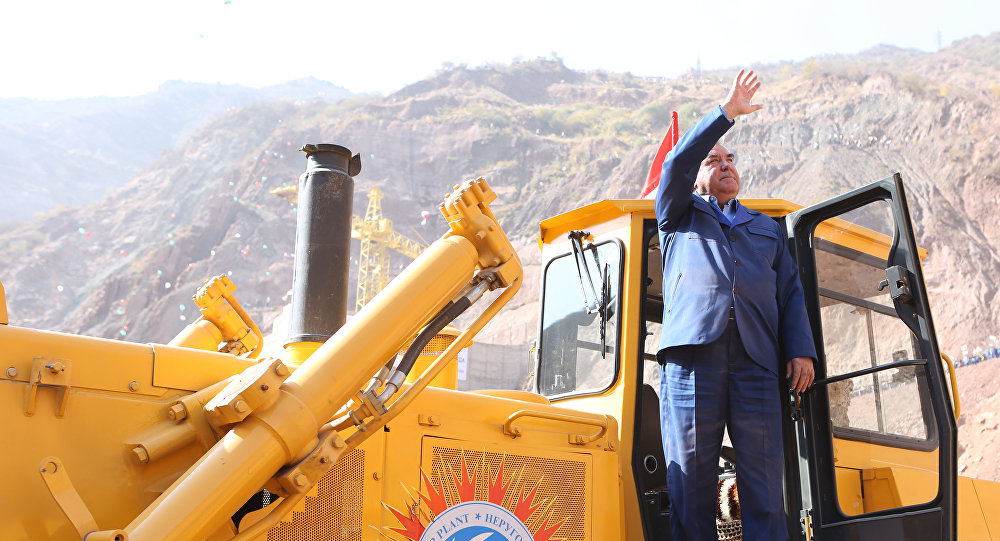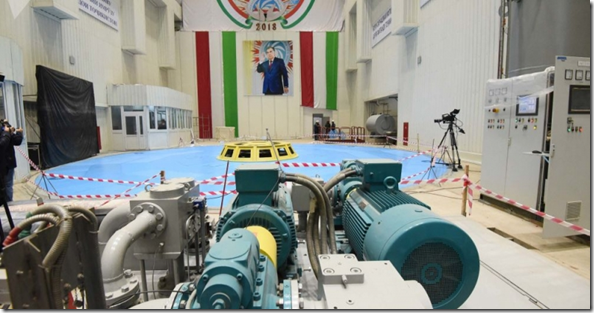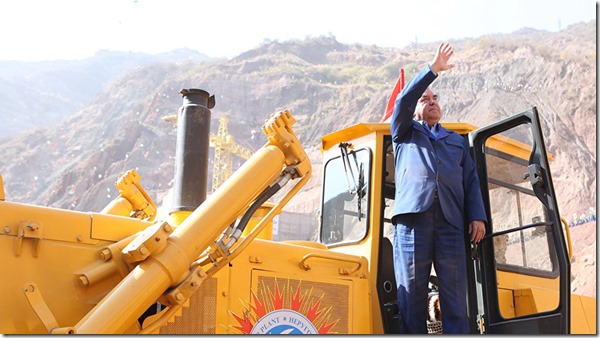Civil society organizations and bankers discuss the Rogun HPP Project completion
RwB Coordinator, Eugene Simonov addresses the AIIB President Jin at the meeting between CSOs and the AIIB Management. Photo: Rogun Alert Coalition. The issue of financing the Rogun HPP construction in Tajikistan, which has dangerous negative impacts on natural ecosystems and local communities, emerged as the main project discussed in …


